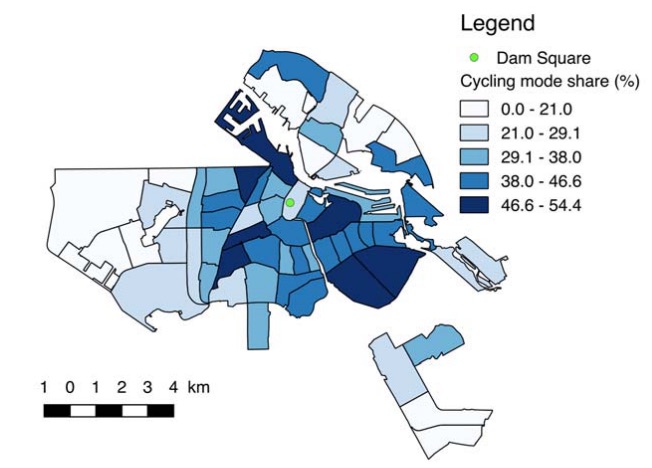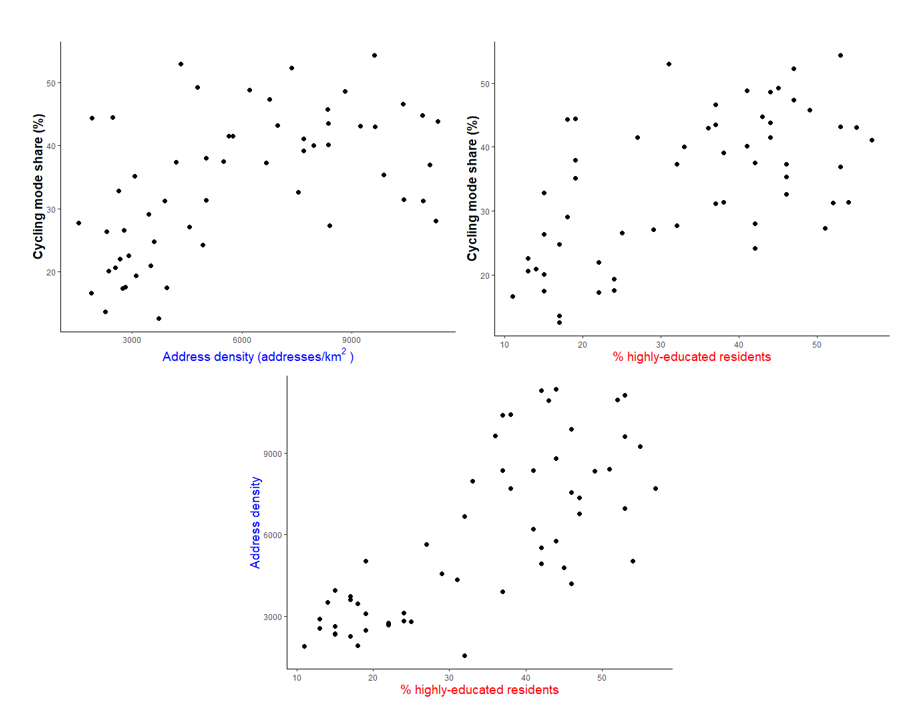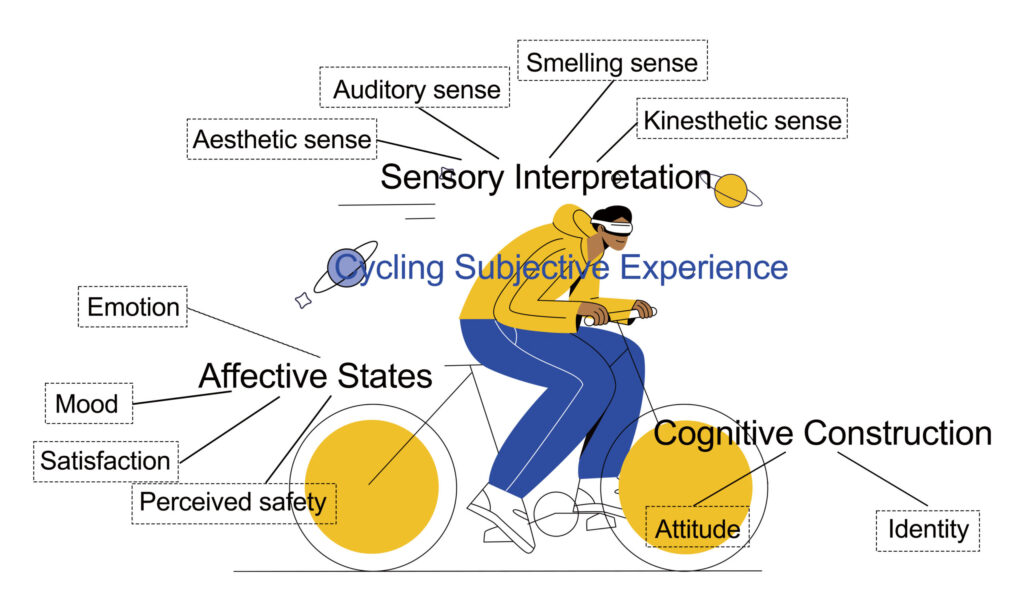To what extent are high cycling levels associated with a specific urban form? Over the past twenty years or so, scores of researchers have explored the relationship between urban form characteristics and cycling in an attempt to identify what types of urban planning measures might encourage cycling. While there are exceptions, the general consensus is that cycling rates tend to be highest in mid- to high-density environments characterised by high destination accessibility – and, of course, by the provision of dedicated of cycling infrastructure.
The problem, however, is that the majority of these studies have focused on English-speaking countries with low cycling rates (particularly the USA), which are not precisely known for the cycling-friendliness. If we want to understand the extent to which urban form characteristics are important in encouraging cycling, why not look at a city where cycling is actually the main form of transport?
This is what I have attempted to do in a recently published study exploring the relationship between cycling rates and neighbourhood characteristics in Amsterdam. Using GIS and statistical analysis, I explored the relationship between a number of urban form, accessibility, transport and sociodemographic variables at a postcode level.

At a simple level, this exercise reveals some fairly clear patterns. As might be expected, people cycle more closer to the city centre, where neighbourhoods are denser and most destinations closer by – a state of affairs which agrees with the findings of the existing literature. An important nuance is that cycling rates are highest not in the densest postcodes in the heart of the city, but rather in the postcodes surrounding the city centre. A likely explanation for this is that in the heart of Amsterdam, the combination of narrow streets and tourist hordes mean that walking becomes a more attractive option than cycling. By contrast, the bicycle faces few competitors in the somewhat less dense but still highly mixed and accessible surrounding the city centre: the tram is inevitably slower (and more expensive) than cycling, and driving remains a nightmare.
If we dig a little deeper into the data, however, it becomes apparent how difficult it is to untangle the various factors at play. As it turns out, most of the variables considered in the study are highly correlated between each other, making it difficult to distinguish their effects. Cycling rates, for instance, are positively associated with not only with urban density, but also with street connectivity, the number of amenities and cycling paths within 3 km, higher car parking prices, and proximity to a train station. Since all of these are highly related to each other, it arguably makes little sense to try and distinguish their individual effects.
Critically, it turns out that urban density and proximity to the city centre are also highly related to the sociodemographic composition of neighbourhoods. University-educated residents live predominantly in denser inner city neighbourhoods, while lower educated residents – who are also disproportionately from a non-Western background – tend to live in less dense outskirt districts. As previous research within the Dutch context has shown, people from non-Western backgrounds and low educational levels tend to cycle less than average. This means that it is difficult to distinguish between the effect of urban form and sociodemographics: do people cycle because of where they live, or because of who they are? In the case of Amsterdam, it would seem like this is almost like asking the same question in different ways.

Up to a point, more sophisticated statistical techniques and data might help us untangle some of these uncertainties. However, quantitative analysis will only get us so far. As I suggest in the study, If we want to better understand what makes a favourable urban environment for cycling, we should also turn our attention to qualitative approaches which can help us make sense of the full complexity of the relationship between cycling, people and place.
To cite the academic article: Nello-Deakin, S., & Harms, L. (2019). Assessing the relationship between neighbourhood characteristics and cycling: Findings from Amsterdam. Transportation Research Procedia, 41(2019), 17–36. http://doi.org/10.1016/j.trpro.2019.09.005



